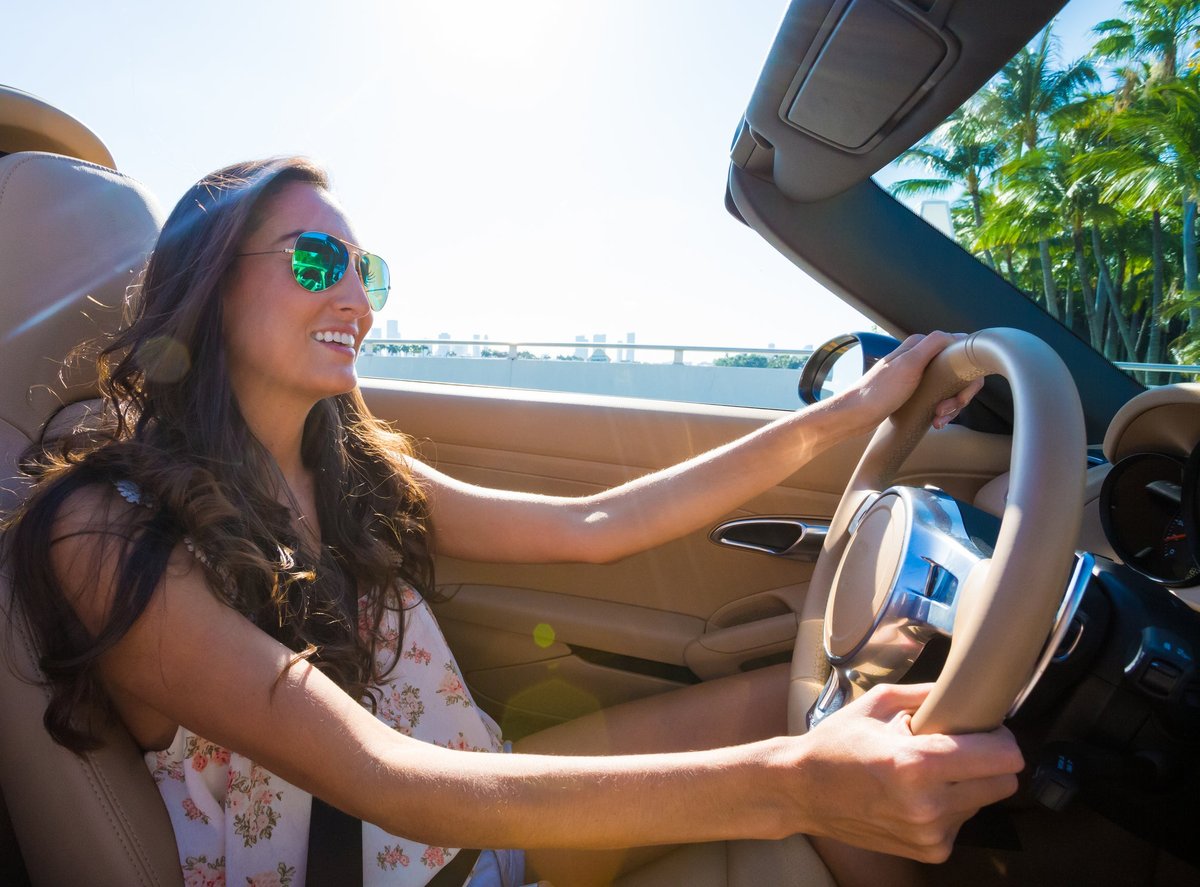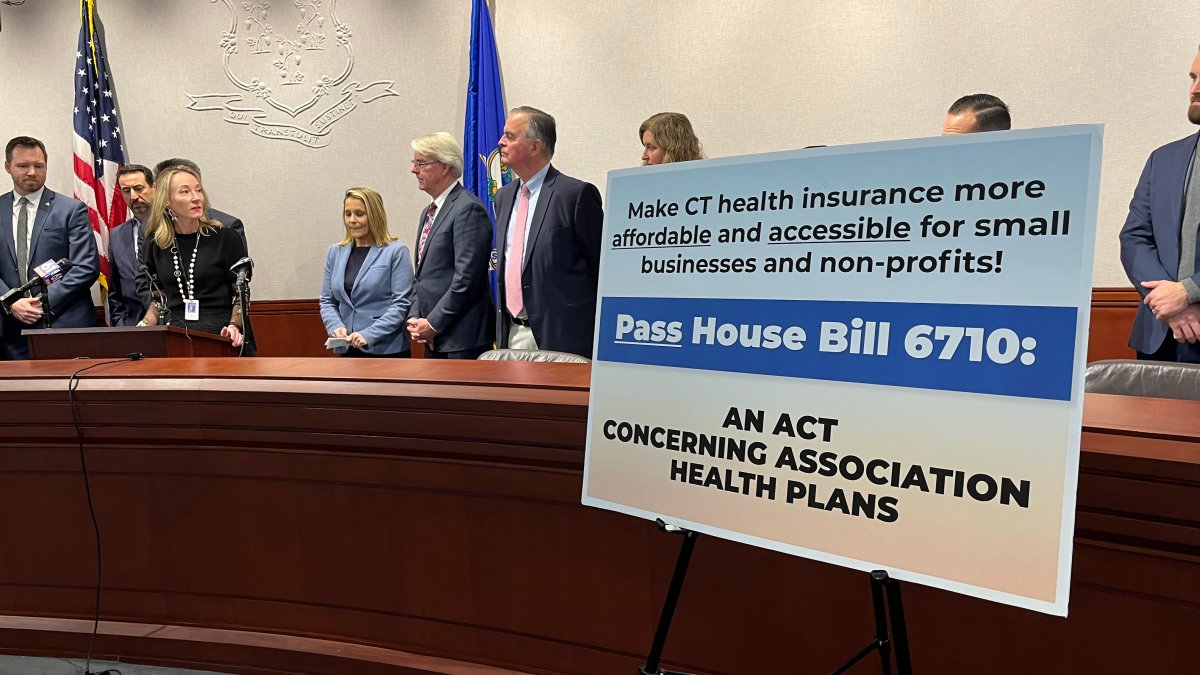Hawaii Car Insurance Would Cost More Under Legislation Pushed By Trial Lawyers

State lawmakers are seriously considering bills this year to require Hawaii motorists to buy more car insurance, a step the insurance industry warns will be “regressive” because it would impose additional costs on low-income residents.
The debate reopens a contentious issue that has been dormant since the late 1990s, when lawmakers overhauled Hawaii’s no-fault insurance law and reduced the minimum amounts of coverage motorists are legally required to carry.
The lobbying effort this year is being led by the Hawaii Association for Justice — formerly known as Consumer Lawyers of Hawaii — which points out it has been 25 years since the state increased the minimum required motorist coverage.
Sen. Chris Lee, chairman of the Transportation and Culture and the Arts Committee, said there were 117 traffic deaths last year, with another 572 people seriously injured in traffic collisions.
“We know we’ve heard from a lot families who have been in terrible, tragic collisions and are bankrupt now or are facing a lifetime of debt as a result,” Lee said. “So, it’s worth discussing, I think, because ultimately the cost to society is huge. We’re going to pay for these things one way or another.”

For people who are injured, “those medical costs run into the hundreds of thousands, sometimes millions, so we want to make sure we have a discussion about where these rates ought to be, to make sure that families aren’t bankrupted” because of an accident, he said.
‘Direct Increase In Costs’
But the American Property Casualty Insurance Association warns the public is still recovering from economic woes during the coronavirus pandemic “and this bill will drive up the rates across the board. Please consider the low-income people and others with limited resources.”
Alison Ueoka, president of the Hawaii Insurers Council, also cautioned lawmakers about the impact on less affluent motorists. “This will cause a direct increase in costs of these coverages to everyone who purchases a minimum-limits policy and therefore, it is regressive,” Ueoka said in written testimony.
Hawaii motorists are required to carry at least a bare bones package of auto insurance that was developed in 1997 and 1998, when Hawaii had some of the highest auto insurance rates in the nation.
Estimates at the time were as many as 30{a652ac39cb023ff8fd1cc85f4393f5b1bb70bf2f880b7bee35f712e4bd8633f7} of Hawaii motorists were defying state law by driving without insurance, possibly because the coverage was too expensive. That added to the political momentum for reform.
Lawmakers overhauled the system by reducing the minimum required liability coverage for bodily injury from $25,000 per person to $20,000 per person, and $40,000 per accident.
The minimum required personal injury protection, which covers harm such as medical bills, lost wages and economic damages from a crash, was reduced from $20,000 to $10,000. The minimum required liability coverage for property damage remained the same at $10,000 per accident.
“Ultimately the cost to society is huge. We’re going to pay for these things one way or another.”
Sen. Chris Lee
Lawmakers also effectively capped some medical costs by linking eligible medical fees under the no-fault law to the allowable fees under the state’s Prepaid Health Care Act.
Many or most Hawaii motorists buy more coverage than the minimums, such as optional collision coverage and coverage to guard against other drivers who are uninsured or underinsured. But that bare-bones, legally mandated package of coverage that was established 25 years ago remains in place today.
Worries More May Drive Without Insurance
The 1990s reforms proved to be effective in some ways. For one thing, Hawaii no longer ranks near the top of the heap nationally for average insurance costs. In fact, the Insurance Research Council ranked Hawaii among a handful of states with the most affordable average rates in the nation in 2018.
Meanwhile, the Insurance Information Institute estimates that only 9.3{a652ac39cb023ff8fd1cc85f4393f5b1bb70bf2f880b7bee35f712e4bd8633f7} of Hawaii motorists were driving without the minimum required coverage in 2019. Some believe that more affordable auto insurance rates led to greater compliance with the law that requires basic levels of coverage for everyone.
But even in the late 1990s, critics such as former law school Professor Richard Miller argued the required liability coverage in Hawaii is far too low. And in the decades that followed, medical costs soared while the cost of vehicles and car repairs also escalated.

For the first time in many years, lawmakers are venturing into those issues again this session by advancing bills to increase the minimum amount of liability coverage that motorists must purchase.
The original draft of Senate Bill 341 would increase the minimum allowable auto insurance liability coverage from the current $20,000 per person to $25,000, and from $40,000 to $50,000 per accident. It would also increase the minimum required property damage coverage from $10,000 to $25,000.
The Senate Commerce and Consumer Protection Committee is scheduled to make a decision on a version of that bill on Thursday. If it is approved, it would advance to the full Senate for a vote.
Two committees in the state House already have approved a similar measure, which is House Bill 75.
The original draft of the House bill includes more dramatic increases in the minimum required coverages. That measure would increase the minimum allowable auto insurance bodily injury liability coverage from $20,000 per person to $50,000, and from $40,000 to $100,000 per accident.
The House bill also calls for another increase in the minimum bodily injury liability coverage that would take effect in 2027. That second increase would boost the minimum legally required liability coverage to $100,000 per person, and $200,000 per accident.
HB 75 would also increase the minimum required property damage liability coverage, from $10,000 today to $20,000. It would then require another increase in the required property damage coverage in 2027, to $40,000.
That measure is now pending before the House Finance Committee, which has not yet scheduled it for a hearing.
State Insurance Commissioner Gordon Ito said his office estimates that increasing the mandatory bodily injury liability coverage only slightly as proposed in SB 341 would likely cost motorists an extra $20 to $40 per year.
The proposed increase in minimum liability coverage for property damage in that same bill would likely add another $20 to $40 per year, he said.
In all, “you’re looking at somewhere maybe between $40 to $80 increase, but that’s just an estimate,” he said. However, Ito said his office has not yet analyzed the potential cost to motorists if the much larger proposed increases in mandatory coverage in HB 75 were to pass.
In general, Ito said the steps lawmakers took to reduce the cost of insurance in the 1990s led to fewer uninsured motorists on the roads. If the state now raises those costs again, “I think typically, because it’s more unaffordable, then you’re going to have more uninsured drivers,” he said.

Among the supporters of increasing the minimum required coverages is Earline Lanning, 48, whose mother Lynette Kuhaulua-Lanning died in a head-on crash on a Kauai highway.
Kuhaulua-Lanning, 72, was driving with her adult son on the afternoon of Feb. 28, 2017, when another motorist in a truck crossed the centerline and smashed into their car. Kuhaulua-Lanning suffered a compound fracture of her femur, and she bled to death, Lanning said.
“I saw so much blood, it was like a horror scene,” she said, recalling rushing to her mother at the hospital. Her brother, who is disabled, had a variety of injuries including broken bones in his hip and shoulder area, she said.
The driver of the truck was accused of driving under the influence, but in the end was convicted of third-degree negligent homicide, a misdemeanor. The Lanning family sued, but the case settled for $20,000, which barely covered the family’s medical bills, she said.
“The $20,000, it was like a slap in our face,” she said. “It’s not right. My brother still struggles, he has health issues, and I’m his caretaker now.”
“Stories like this have to be told, I want my mom’s story to be told, because it’s not right,” she said, weeping.
Evan Oue, executive director of the Hawaii Association for Justice, said Hawaii is one of the most profitable auto insurance markets in the nation.
“I think it might be time to really take a look at these insurance minimums,” he said. “It’s just not enough, and it’s really hurting accident victims because consumers are just not protected in the way that they used to be.”
Here’s information on contacting your lawmaker if you want to weigh in on the issue.

:quality(70)/d1hfln2sfez66z.cloudfront.net/02-02-2023/t_832fc9813d3741189856dfd7da126358_name_Car_Insurance_Increase_transfer_frame_627.jpeg)





